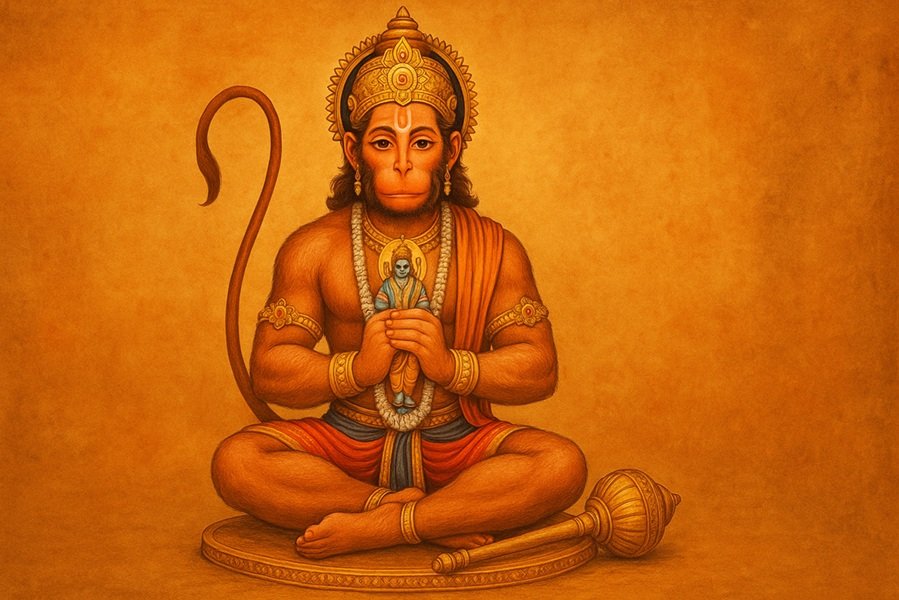
Introduction
Kurma Jayanti, celebrated as the birth anniversary of Lord Vishnu’s Kurma Avatar, falls on Monday, May 12, 2025. This sacred occasion marks the day when Lord Vishnu incarnated as a tortoise (Kurma) to support Mount Mandarachala during the cosmic event of Samudra Manthan (churning of the ocean).
Devotees of Lord Vishnu observe this day with deep reverence, especially in Vaishnava temples across India. Special pujas, fasting, and Vishnu Sahasranama recitations are held to honor this divine incarnation.
Kurma Jayanti 2025 Date and Muhurat
- Date: Monday, May 12, 2025
- Puja Muhurat: 16:21 to 19:03
- Duration: 2 Hours 42 Minutes
Kurma Jayanti falls on the Purnima Tithi (Full Moon Day) during the Vaishakha month as per the Hindu lunar calendar.
Read This: भगवान कूर्म अवतार एवं कूर्म जयन्ती 2025: सम्पूर्ण विवरण
Who Is Kurma? The Second Incarnation of Lord Vishnu
Kurma (Sanskrit: कूर्म) means tortoise. The Kurma Avatar is the second of the Dashavatara (ten principal incarnations) of Lord Vishnu. This form was taken during Satya Yuga, the first of the four Yugas in Hindu cosmology.
When the gods and demons decided to churn the ocean to obtain Amrit (nectar of immortality), the Mandarachal mountain used as the churning rod began to sink. To solve this crisis, Lord Vishnu took the form of a giant tortoise and supported the mountain on his back, thereby enabling the completion of the Samudra Manthan.
The Legend of Kurma Avatar and Samudra Manthan
The story of Kurma Avatar is described in multiple Puranas, including the Bhagavata Purana, Vishnu Purana, and Mahabharata.
Background
The Devas (gods) had lost their powers due to the curse of Sage Durvasa. In desperation, they approached Lord Vishnu. He advised them to churn the Kshira Sagara (Ocean of Milk) in collaboration with the Asuras (demons) to obtain Amrit.
The Problem
To churn the ocean, Mount Mandarachal was used as a rod, and the serpent Vasuki became the rope. However, as the churning began, the mountain started sinking under its own weight.
The Divine Solution
To stabilize the mountain, Vishnu assumed the Kurma form—a giant turtle—and held Mount Mandarachal firmly on his back. This allowed the churning process to continue smoothly.
The Result
The Samudra Manthan yielded many celestial objects, including:
- Kamadhenu (wish-fulfilling cow)
- Airavata (white elephant)
- Lakshmi Devi (goddess of wealth)
- Halahala (poison), consumed by Lord Shiva
- Dhanvantari (divine physician) with a pot of Amrit
Thus, Kurma Avatar was pivotal in preserving cosmic balance.
Significance of Kurma Jayanti
1. Symbol of Stability and Support
The Kurma Avatar symbolizes support, endurance, and patience—qualities essential for handling difficult situations in life.
2. Worship for Protection
Devotees believe that worshipping the Kurma form of Vishnu protects them from instability, both spiritually and materially.
3. Cosmic Order
The incarnation represents Lord Vishnu’s commitment to maintaining Dharma (cosmic order) by balancing both Deva and Asura energies for a higher purpose.
Rituals and Celebrations
Kurma Jayanti is marked by devotion, fasting, and Vedic rituals. Here’s how devotees observe this day:
1. Vishnu Puja
Elaborate puja ceremonies are performed in Vishnu and Vaikuntha temples, especially in Andhra Pradesh, Odisha, Tamil Nadu, and Uttar Pradesh.
2. Fasting (Vrat)
Many devotees observe a nirjala fast (without water) from sunrise to sunset. Some keep a partial fast by avoiding grains and certain vegetables.
3. Recitation of Sacred Texts
- Vishnu Sahasranama
- Kurma Purana readings
- Bhagavad Gita chapters
4. Charity and Feeding Cows
On this auspicious day, it is considered highly meritorious to donate food, clothes, and money to Brahmins and the needy, and to feed cows and animals.
5. Tortoise Symbolism in Homes
Many people bring Kurma idols or tortoise figurines into their homes, believing it brings Vastu balance, longevity, and stability in life.
Temples Dedicated to Kurma Avatar
- Sri Kurmanatha Temple – Srikurmam, Andhra Pradesh
This is one of the very few temples dedicated specifically to the Kurma Avatar and attracts thousands of devotees during Kurma Jayanti. - Vishnu Temples in Udupi, Tirupati, and Kanchipuram
These temples celebrate the avatar as part of broader Vaishnavite traditions.
Kurma in Vastu Shastra and Symbolism
In Vastu Shastra, the tortoise is seen as a symbol of stability, grounding, and longevity. Keeping a tortoise idol (especially of metal, crystal, or stone) in the north or northeast corner of the home is believed to attract positive energy and wealth.
Conclusion
Kurma Jayanti 2025 is not just the celebration of a divine birth, but a powerful reminder of how patience, endurance, and timely support can change the fate of the universe. Lord Vishnu’s Kurma Avatar teaches us that when challenges feel overwhelming, inner strength and divine grace can hold everything together.
On May 12, 2025, let us invoke the blessings of Lord Kurma to bring balance, protection, and spiritual insight into our lives.







